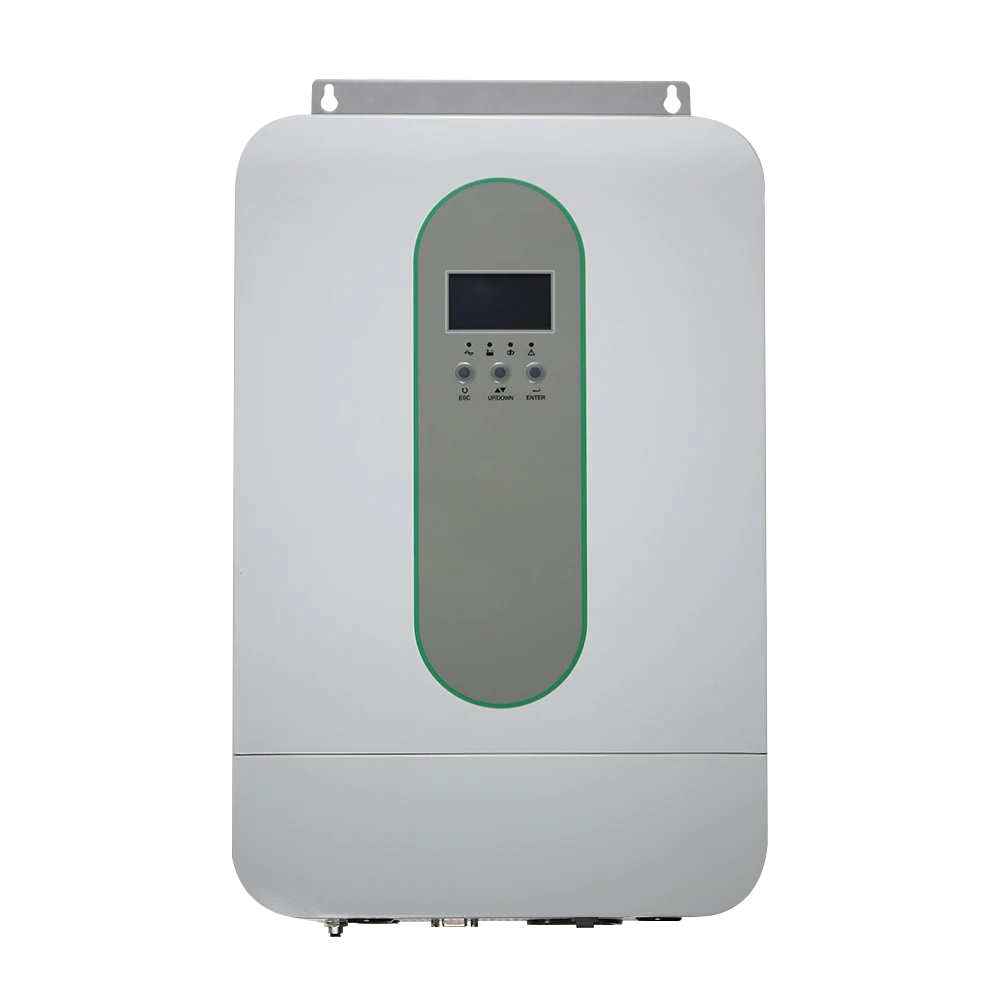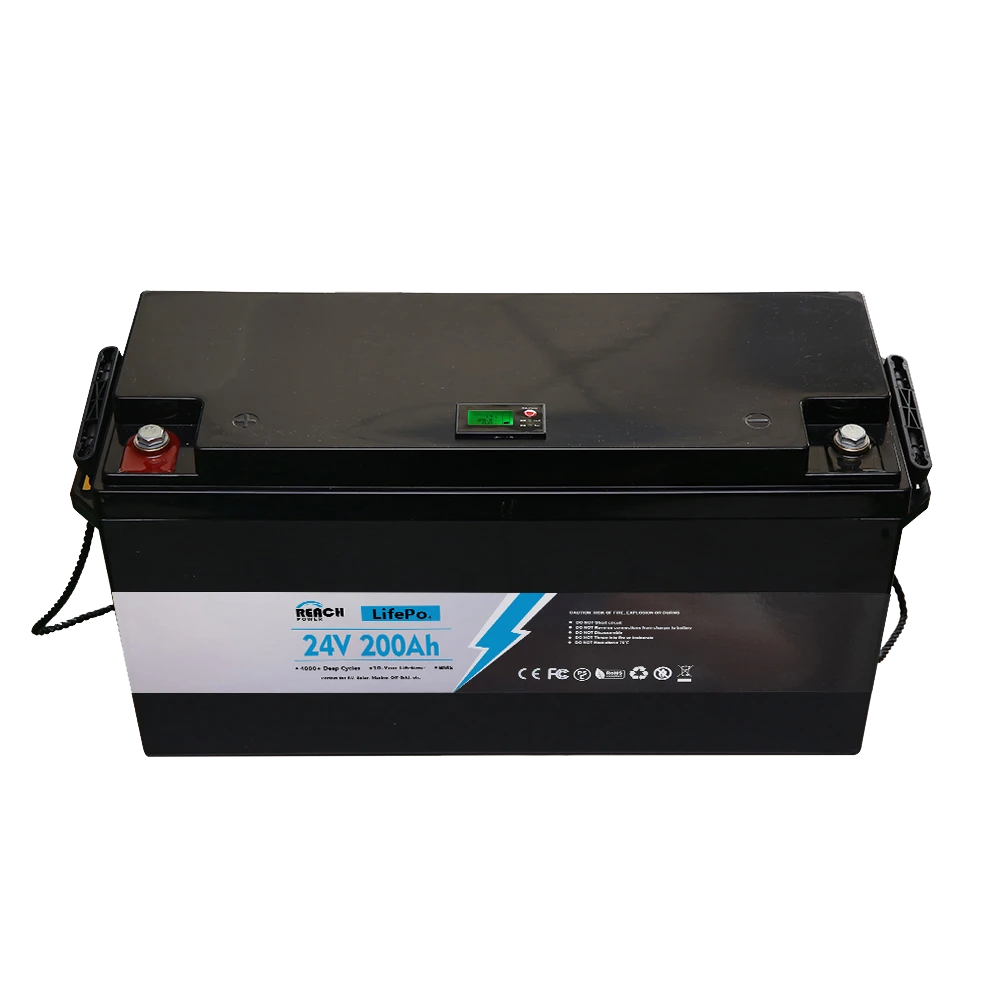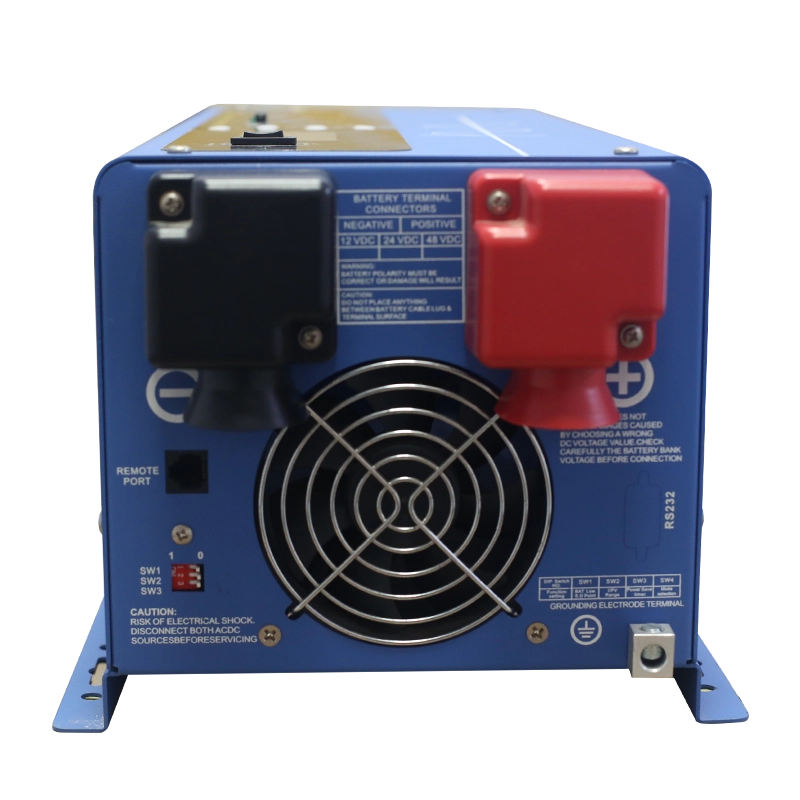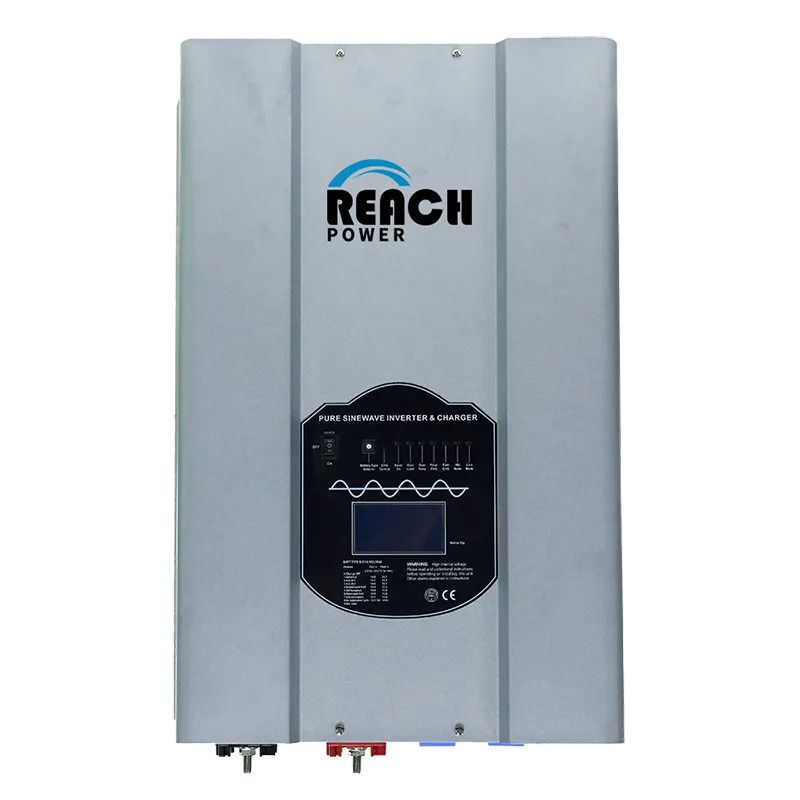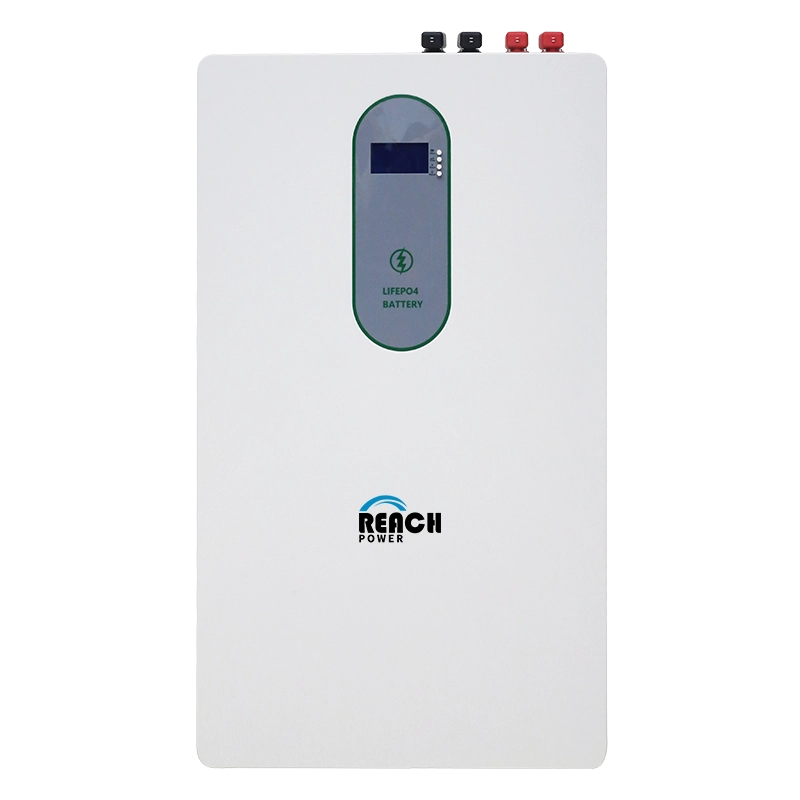MPPT Technology in 2025: Optimizing Solar PV System Efficiency
As the demand for renewable energy grows, maximizing solar photovoltaic (PV) system efficiency remains critical. The Maximum Power Point Tracking (MPPT) controller is the core technology ensuring optimal power extraction from PV panels. In 2025, MPPT advancements focus on algorithm intelligence, system integration, and environmental adaptability. This article provides a technical breakdown of MPPT principles, algorithm comparisons, and future trends.
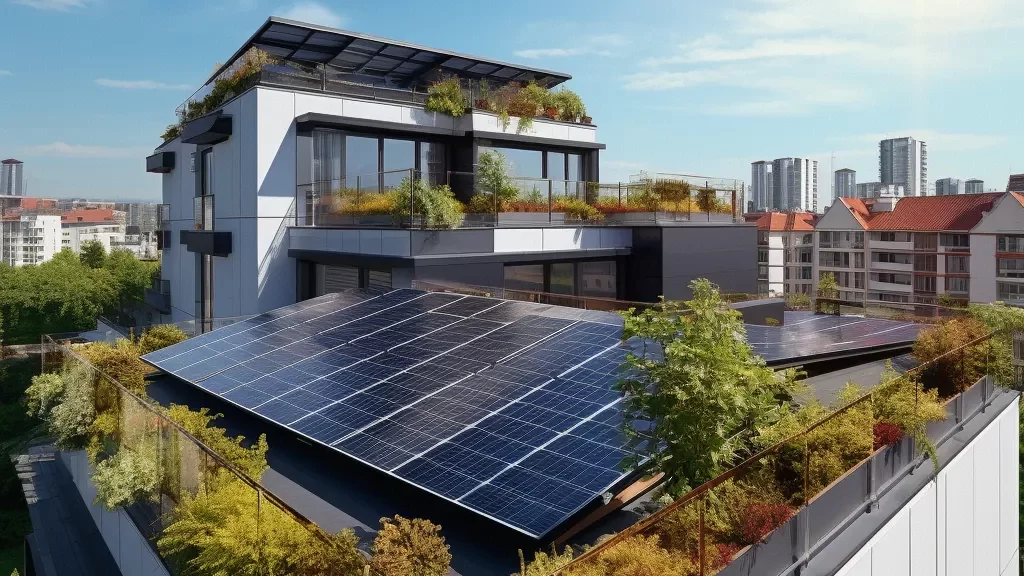
1. MPPT Fundamentals: Dynamic Prediction and Real-Time Optimization
MPPT controllers continuously adjust the electrical load to keep PV panels operating at their Maximum Power Point (MPP), maximizing energy harvest. Key 2025 innovations include:
- Dynamic Irradiance Prediction Combines solar zenith angle, azimuth, temperature, and humidity data to improve MPPT response under varying weather conditions.
- Adaptive Tracking Real-time sensor feedback optimizes MPPT parameters, reducing power loss during rapid irradiance changes (e.g., passing clouds).
- High-Efficiency DC-DC Conversion Wide-bandgap semiconductors (SiC/GaN) minimize switching losses, improving MPPT controller efficiency beyond 98%.
2. MPPT Algorithm Comparison: P&O vs. Incremental Conductance vs. Fuzzy Logic
2025 research focuses on algorithm robustness under partial shading and fast-changing irradiance. The three dominant methods are:
| Algorithm | Advantages | Disadvantages | Best Use Case |
|---|---|---|---|
| Perturb & Observe (P&O) | Simple implementation, low hardware cost | Oscillates under rapid irradiance changes | Small off-grid systems |
| Incremental Conductance (INC) | High tracking accuracy, stable in dynamic conditions | Computationally intensive, sensitive to sensor noise | Grid-tied PV plants, cloudy regions |
| Fuzzy Logic Control (FLC) | Adapts to nonlinear PV curves, handles shading well | Requires expert tuning, high processing power | Hybrid microgrids, shaded PV arrays |
Latest Breakthrough: Machine learning-enhanced MPPT (e.g., logistic regression models) improves efficiency by 10-15% in complex environments.
3. System Integration: MPPT, Inverters, and Battery Storage
2025 MPPT designs emphasize end-to-end system efficiency through:
- Inverter Synchronization MPPT controllers now interface with high-frequency, transformerless inverters, reducing DC-AC conversion losses to <2%.
- Battery Charge Optimization Adaptive charging algorithms extend lithium-ion battery lifespan by 20% in off-grid systems.
- Fault Detection & Mitigation Integrated voltage scanning identifies panel failures (e.g., open-circuit, hot spots) within milliseconds.
4. Future Trends: AI-Driven MPPT and Digital Twins
Post-2025, MPPT technology will integrate deeper with AI and digital simulation:
- Neural Network MPPT LSTM models predict irradiance patterns, pre-adjusting MPPT operating points before environmental changes occur.
- Self-Learning Algorithms Reinforcement learning (RL) optimizes tracking steps in real-time, eliminating manual tuning.
- Digital Twin Simulation MATLAB/Simulink and RT-LAB enable virtual MPPT prototyping, accelerating R&D cycles.
Conclusion
MPPT controllers in 2025 leverage advanced algorithms, wide-bandgap power electronics, and AI to push PV system efficiencies beyond 25%. Key takeaways:
- P&O and INC remain dominant, but AI-enhanced variants outperform traditional methods.
- SiC/GaN-based MPPT converters achieve near-ideal efficiency (98-99%).
- Digital twin technology reduces development time for next-gen MPPT systems.


